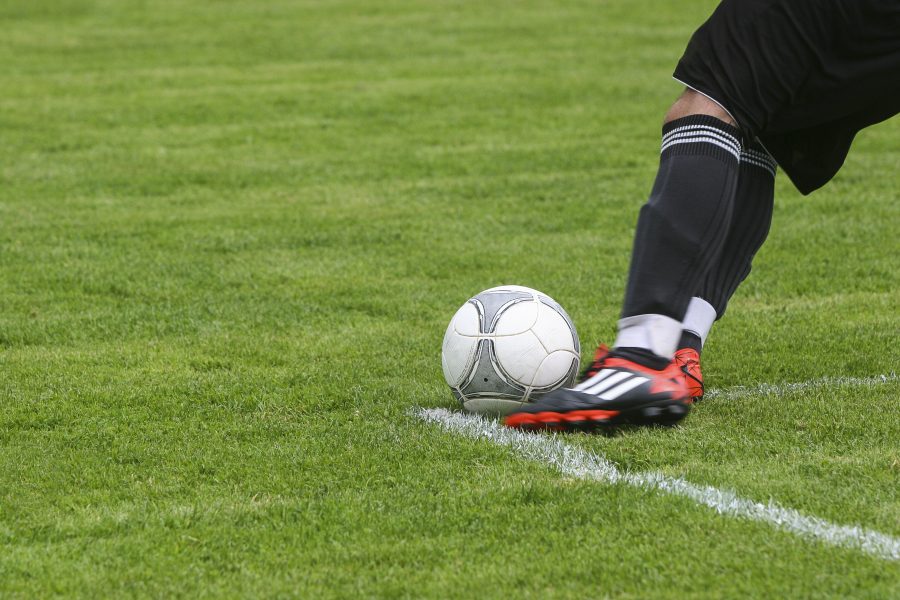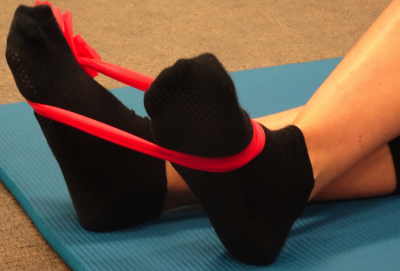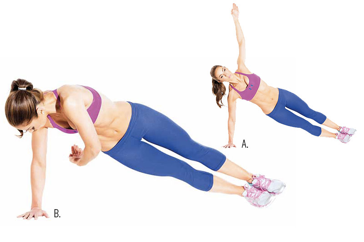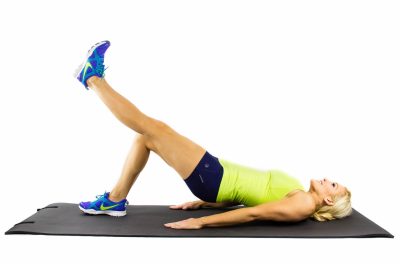Ankles are anatomically stabilized passively with ligaments and actively with muscles that cross the ankle complex. An ankle sprain occurs when the jo
Ankles are anatomically stabilized passively with ligaments and actively with muscles that cross the ankle complex. An ankle sprain occurs when the joint is forced beyond normal range of motion, causing ligaments to be stretched too far. The result is some degree of ligament fiber failure, which typically includes swelling, stiffness, and pain. If it is only a minor strain then you can use a Flector Patch on it (you can find the cheapest Patch on eDrugSearch) and it should help the injury. Multiple factors contribute to a greater likelihood of experiencing an ankle sprain.
However, many of these factors are modifiable, meaning they can be addressed and improved with proper strategies. The following tips, in no particular order, explain how you can improve the modifiable risk factors to prevent an ankle sprain…
One of the easiest ways to prevent ankle sprains is to strengthen the supportive muscles of the foot and ankle. Stronger and more supportive muscles will reduce stress being placed on the passive ligamentous structures of the ankle, which are the tissues that get injured in a sprain.
2. Improve Balance and Proprioception
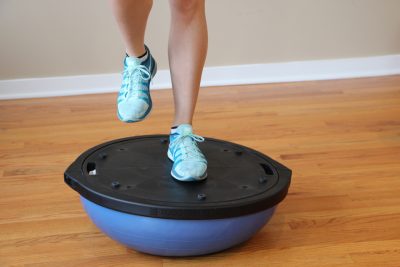 Balance training, especially on unstable surfaces, improves your ability to maintain a neutral ankle position during sport. More importantly, proprioceptive training (improving joint-position
Balance training, especially on unstable surfaces, improves your ability to maintain a neutral ankle position during sport. More importantly, proprioceptive training (improving joint-position
awareness) allows your neuromuscular system to respond quickly when your ankle begins to deviate from neutral. The quicker the response to the deviation, the faster your body can correct toward neutral to prevent a ligament from being stretched too far.
 3. Wear Supportive Shoes with Orthotic Inserts If Necessary
3. Wear Supportive Shoes with Orthotic Inserts If Necessary
Ankle sprains are often associated with unsupportive or loose-fitting shoes. You could get orthotic inserts or, alternatively, if it is a common occurrence you may even need orthotic shoes. If your feet tend to flatten too much, or have a lack stability, your ankles may be more prone to deviating away from neutral, thus placing extra stress on your ligaments. Orthotic inserts are one strategy that, when appropriate, can provide external support to the rearfoot and arches of your feet, and can help to prevent excessive or abnormal motion at the foot and ankle. If you’ve suffered from an ankle injury before, it may also be worth investing in something like an amazon ankle brace to give your ankle the most protection possible in order to prevent any further injury.
4. Train On Surfaces You Will Play Games On
Proper training techniques as well as practicing in the right environments have been shown to lower the risk of ankle sprains. The neuromuscular system develops quicker reactions and safer movement patterns that will be reproduced more automatically if the environment remains consistent. By training on the same field surface that you will play games on, you will condition your body to be prepared for the demands during the game and you will be less likely to experience an ankle injury. For example, practicing solely on a natural grass field or on a basketball court will not provide the proper conditioning for playing on an artificial turf field, and will leave you more susceptible to injury.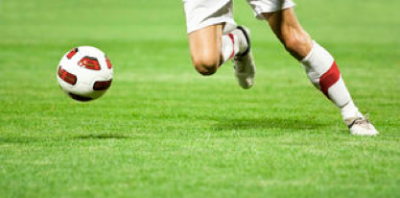
5. Improve Hip and Core Control
Our ankles do not function in isolation when playing sports. The stability of one joint (the ankle) depends of the stability of surrounding joints. Biomechanical models demonstrate that poor hip and pelvic control result in poor lower extremity mechanics. For agility sports that involve running and cutting (soccer, football, lacrosse, basketball, etc), it is important to have a strong and stable hip and core to ensure a strong and stable limb.
